
PHARMACEUTICAL / MEDICAL
Throughout our extensive five-decade journey, we have cultivated deep partnerships with medical and pharmaceutical companies meeting FDA standards, collaborating on numerous products. As a result, we possess an exceptional understanding of their distinct requirements and needs.
Manufacturers heavily invest in medical automation equipment, incorporating cutting-edge sensors, cameras, robotics, and software to enhance repeatability, consistency, quality, and production speed. Collaborating with integrators, they deliver tailored automation solutions for specific products. With the rise of personalized healthcare, customer demand extends to more unique products. Typical device assembly applications encompass a fusion of vision, guidance, robotics, material handling, joining, and dispensing technology, enabling intricate tasks like mixing, chemical handling, and assembly, often in sterile environments.
Manufacturers can achieve significant improvements in productivity and speed through the implementation of automated solutions in the following areas:
COSMETIC
Our ability to integrate technology and machinery to streamline and optimize various processes, ranging from product formulation and manufacturing to packaging and quality control. By leveraging automation, beauty and cosmetic companies can enhance production efficiency, ensure consistency in product quality, reduce human error, and meet the growing demands of the market. From automated filling and labeling machines to robotic arms handling packaging tasks, automation plays a pivotal role in accelerating production, minimizing waste, and ultimately delivering top-notch beauty products to consumers worldwide.
AUTOMOTIVE
Automated equipment offers significant benefits across all automotive manufacturing processes, including welding, assembly, and material handling. Integrating robotics is a common approach to save time, boost capacity, and ensure employee safety by minimizing exposure to hazardous conditions and repetitive tasks. Car part producers and original equipment manufacturers extensively employ robotics and vision systems for welding, assembly, inspection, and testing. Automation continues to evolve and remain flexible, presenting numerous untapped opportunities for optimizing the car manufacturing processes even further. At MrMr Industries, we provide a comprehensive array of power train application solutions, encompassing material handling, vision systems, conveyance, and robotics. Our offerings cater to diverse needs, from operator-assisted stations to complete, fully automated production lines.
FOOD & BEVERAGE
Food and beverage automation involves strategically integrating technology into various processes. By utilizing vision systems, guided robot arms, and advanced inspection systems, food companies can streamline and optimize their operations, ensuring rigorous food safety and quality standards. This not only helps save labor costs but also allows them to meet the constantly evolving demand with efficiency. Automation is set to revolutionize food and beverage manufacturing companies across the entire supply chain, right up to the customers' door. To uphold their commitments to customers, companies must prioritize agility, efficiency, and safety. By integrating automated equipment into key production areas, they can enhance quality, efficiency, ergonomics, and sanitation, paving the way for a more streamlined and customer-centric approach.
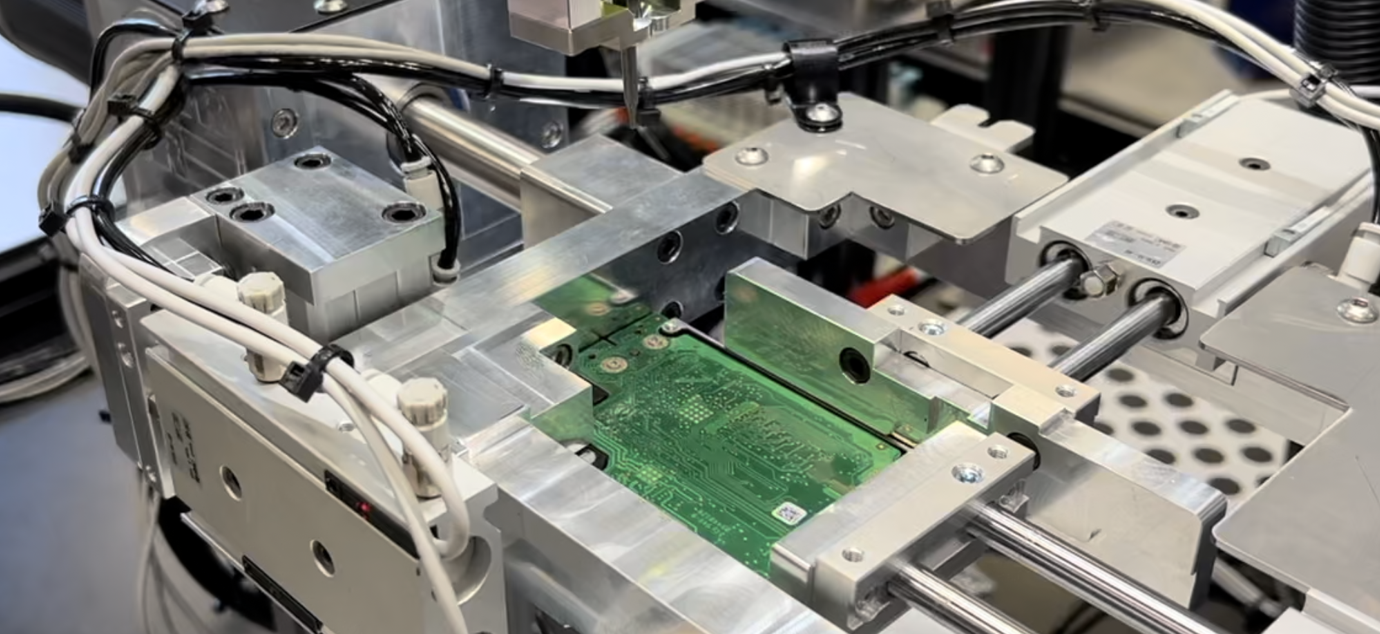
TECHNOLOGY & COMPUTER SCIENCE
In the technology industry, MrMr performs a range of functions that have a profound impact to revolutionize the production, research and development. Some of these function include:SOFTWARE DEVELOPMENT
Automation tools and frameworks are extensively used to streamline the software development process. Continuous Integration and Continuous Deployment (CI/CD) pipelines automate code testing, integration, and deployment, allowing for faster and more reliable software releases.QUALITY ASSURANCE AND TESTING
Robotic Process Automation (RPA) is applied to perform repetitive testing tasks, ensuring software quality and identifying bugs more efficiently. Test automation frameworks enable comprehensive testing across multiple platforms and devices.DATA ANALYSIS
In data science and analytics, automation aids in data collection, preprocessing, and analysis. Automated machine learning (AutoML) platforms simplify model selection and hyperparameter tuning, making complex data analysis more accessible.MANUFACTURING OF HARDWARE
In the hardware industry, robotics are utilized in the manufacturing process to assemble and test electronic components, ensuring high precision and efficiency.AI AND MACHINE LEARNING
Automation is at the core of AI and machine learning algorithms. These technologies automate tasks such as natural language processing, image recognition, and decision-making processes, enabling systems to learn and improve from experience.Robotic Process Automation (RPA)
RPA is extensively used to automate repetitive and rule-based tasks in various industries, including technology and computer science, freeing up human resources for more complex and creative endeavors.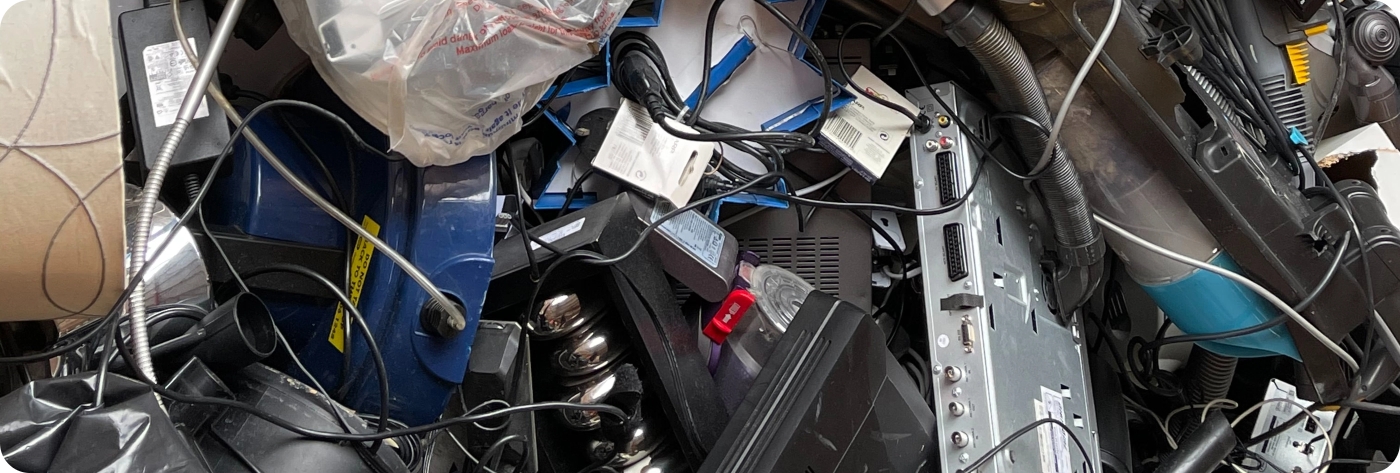
E-WASTE
Automation and robotics are making significant contributions to the e-waste industry, helping to address the growing environmental challenges posed by electronic waste. Here are some ways automation and robotics are utilized in this industry:SORTING AND SEGREGATION
Automated systems with advanced sensors and AI algorithms are employed to sort and segregate different types of electronic waste. This enables efficient separation of valuable components like metals and precious materials for recycling.DISMANTLING
Robots are utilized to disassemble electronic devices, such as smartphones, laptops, and other gadgets. They can perform intricate tasks like removing screws, connectors, and small components, which are challenging and time-consuming for manual labor.DATA DESTRUCTION
Automation is used for secure data destruction in electronic devices. Robots can erase or shred data from hard drives and storage devices, ensuring data privacy and preventing sensitive information from falling into the wrong hands.RECYCLING PROCESS
Robotics plays a crucial role in the recycling process by handling various stages, such as crushing, shredding, and processing electronic waste into reusable materials. This reduces the manual labor required and increases the efficiency of recycling operations.Hazardous Material Handling
Robots are employed to handle hazardous components in electronic waste, such as batteries and toxic chemicals, ensuring worker safety and reducing exposure to harmful substances.QUALITY CONTROL
Automation technologies are used to monitor the quality of recycled materials, ensuring that they meet industry standards and can be reintegrated into new products.INVENTORY MANAGEMENT
Automated systems track and manage the flow of e-waste within recycling facilities, optimizing the recycling process and ensuring a smooth supply chain.AEROSPACE
In the aerospace industry, conformance and quality are paramount. Aerospace harnesses cutting-edge technology in manufacturing, welding, material handling and various processes to enhance efficiency and safety to unprecedented levels. At MrMr Industry, we take great care to ensure that each project adheres to your specific requirements and meets first-time quality expectations. Leveraging our diverse machining capabilities, we diligently meet industry standards and cater to special requirements while maintaining competitive lad times. Your satisfaction and project success are our top priorities.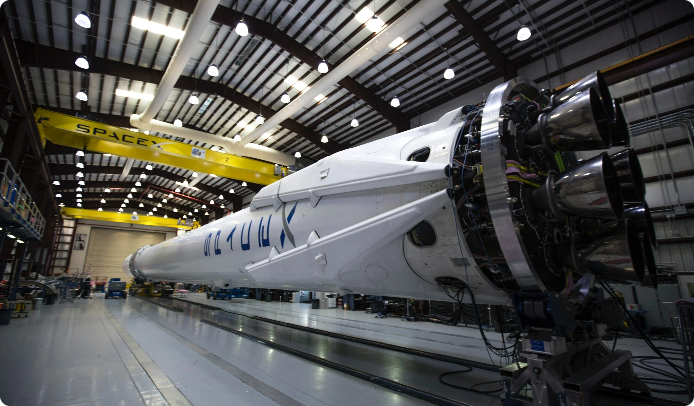
HARDWARE / FASTENERS
Automation has revolutionized the hardware and fasteners industry, ushering in unprecedented levels of efficiency and productivity. Robotic assembly lines equipped with advanced vision systems and precision handling have significantly accelerated production processes, ensuring faster turnaround times and reduced human error. Additionally, the integration of AI-driven quality control systems has led to consistent and high-quality products, strengthening customer satisfaction and loyalty. Despite initial concerns about workforce displacement, automation has created new roles for skilled technicians, engineers, and maintenance professionals, driving innovation and expanding job opportunities. As the industry continues to embrace automation, it remains on a trajectory of sustainable growth and competitiveness in the global market.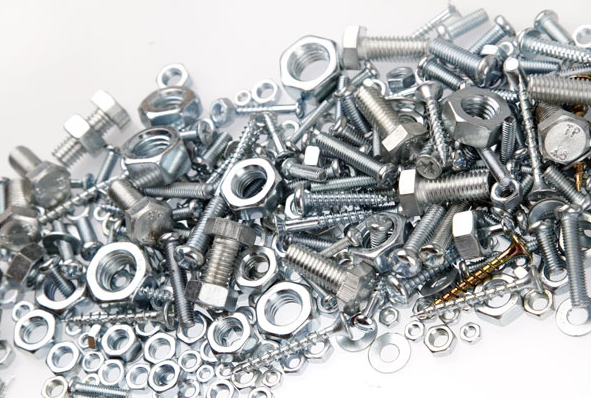
AGRICULTURAL
Automation in the agricultural industry involves the adoption of advanced technology and robotics to optimize various farming processes. From planting and harvesting crops to monitoring livestock and managing irrigation systems, automation streamlines tasks that were traditionally labor-intensive. By integrating smart sensors, drones, autonomous vehicles, and AI-powered analytics, farmers can make data-driven decisions, increase productivity, reduce waste, and ensure sustainable agricultural practices. Automation not only improves efficiency but also helps farmers and agriculture companies meet the growing demand for food while conserving resources and minimizing environmental impact.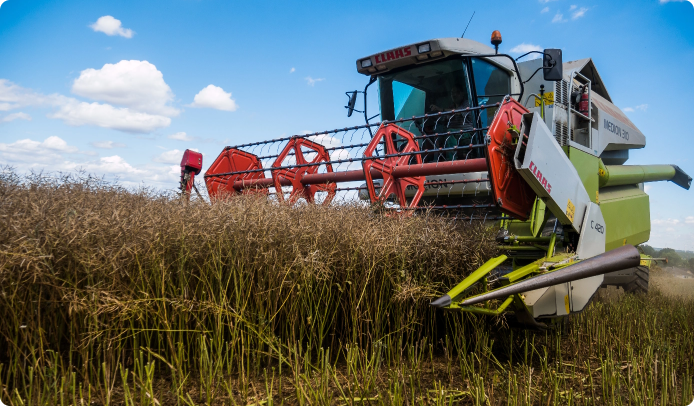

CONSUMER PRODUCTS
In consumer-products industries, automation and robotics play a vital role in streamlining production processes, enhancing product quality, and improving overall efficiency. Here's how automation and robotics work in these industries:ASSEMBLY AND MANUFACTURING
Automation tools and frameworks are extensively used to streamline the software development process. Continuous Integration and Continuous Deployment (CI/CD) pipelines automate code testing, integration, and deployment, allowing for faster and more reliable software releases.QUALITY CONTROL
Automation technologies, such as machine vision systems and sensors, are employed to inspect products for defects, ensuring only high-quality items reach the market. This minimizes the risk of faulty products reaching consumers, enhancing brand reputation.MATERIAL HANDLING
Robots are utilized for transporting materials and goods within the production facility, reducing the need for manual labor and optimizing logistics.INVENTORY MANAGEMENT
Automated systems can track inventory levels, reorder products when needed, and manage stock efficiently, helping companies maintain optimal inventory levels and prevent stockouts or overstock situations.PACKAGING AND LABELING
Robotics can handle packaging tasks, including sealing boxes, applying labels, and arranging products in boxes for shipping, improving packaging consistency and reducing human labor.CUSTOMER SERVICE
Automated systems can track inventory levels, reorder products when needed, and manage stock efficiently, helping companies maintain optimal inventory levels and prevent stockouts or overstock situations.PRODUCT CUSTOMIZATION
Advanced automation and robotics enable mass customization of consumer products, allowing companies to tailor products to individual customer preferences without compromising efficiency.DEFENSE
MrMr can offer numerous benefits in automating companies procedures in the defense industry. From ammunition to electronics, adding automation can make production costs more effective. Automated systems can operate around the clock without fatigue, ensuring constant surveillance, security and readiness. Automation has become increasingly prevalent, assuring high speed manufacturing, precision, safety and customization.





